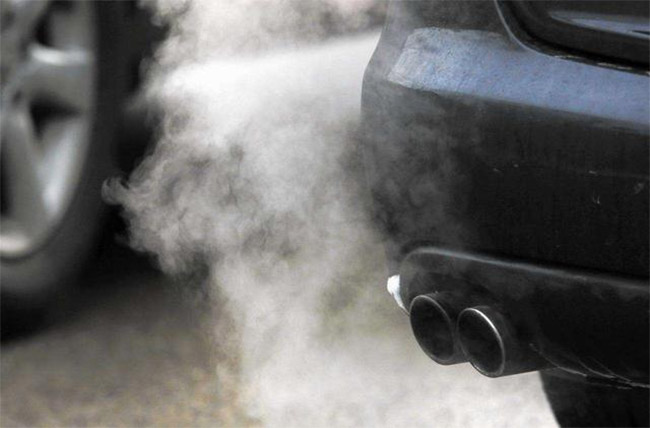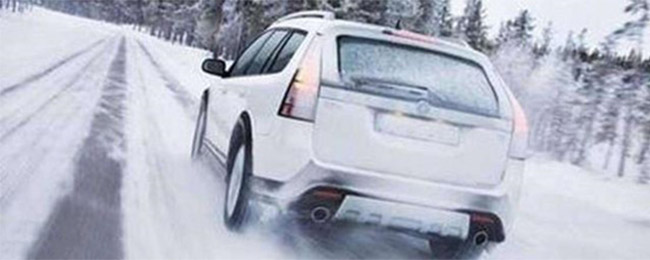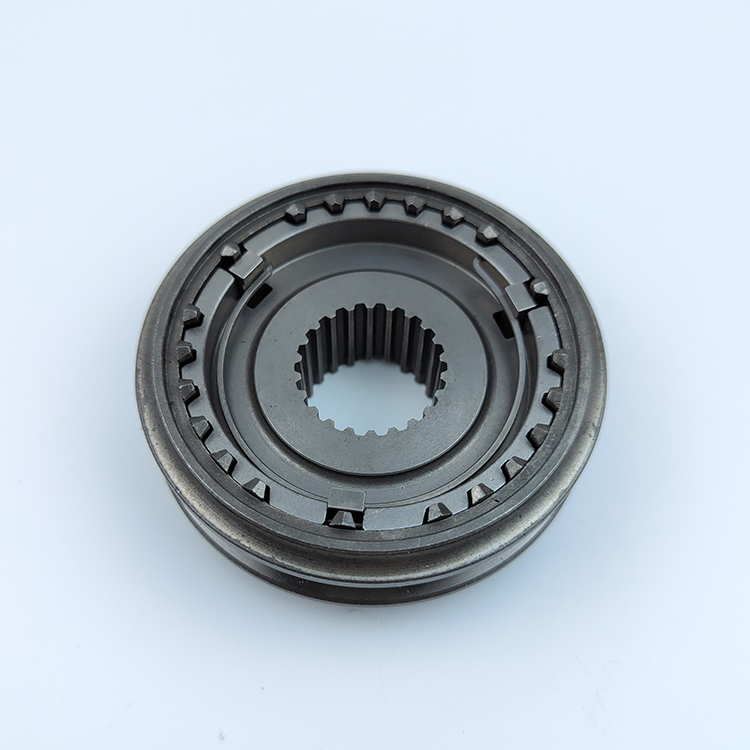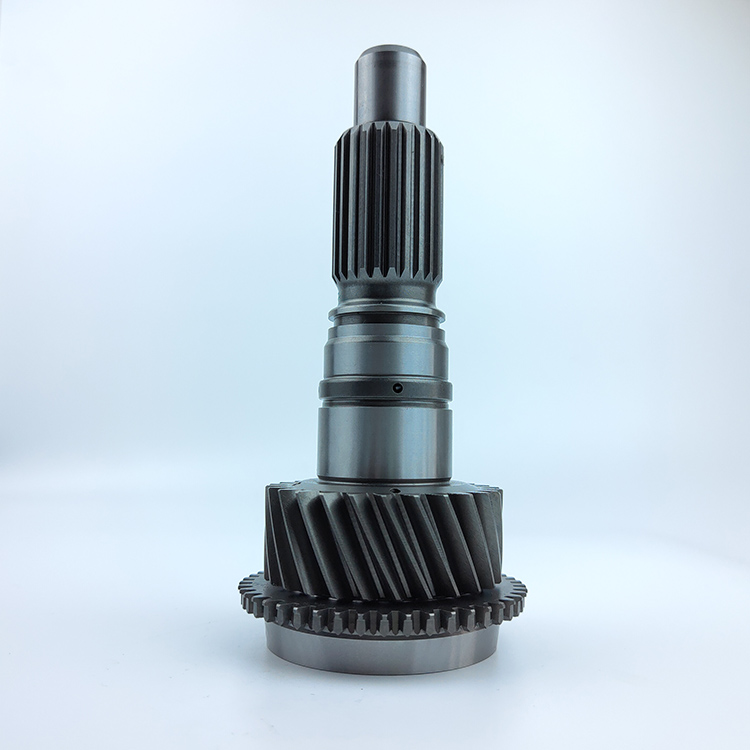Products
New Products
Warm Up your car in winter OR not?
2023-02-28
One: No hot car required
It is not necessary to warm up the car when driving in cold winter. You can drive slowly on the road 30 seconds to 1 minute after starting the car. This will make the engine warm up faster, reduce fuel consumption and carbon emissions.
According to the U.S. Department of Energy website, warming up your car in winter can cause long-term damage to engines that run on gasoline. It is recommended to drive slowly on the road after starting the car for 30 seconds to a minute, and make sure not to accelerate too fast or rev the engine too high for the first few minutes. , can warm up the engine faster, reduce fuel consumption and carbon emissions. But the suggestion for electric car owners is to warm up the car before going on the road, so as not to reduce the mileage of the battery.
Stephen Ciatti, chief engineer of PACCAR's battery system, said that when starting a car engine that burns gasoline, the oil pump will inject oil into the engine to lubricate within a minute, but when the engine is idling at low temperatures, the oil may Stripped from pistons and cylinders, shortening engine life. What's more, Smart Motors Toyota says when the vehicle is stationary and the engine is idling, it stresses the car's bearings and fills the combustion chamber with gas, which can also shorten engine life.
Both Firestone and Smart Motors Toyota say most cars built before 1980 need to be warmed up in the dead of winter to keep them from stalling because the carburetors in older cars can't vaporize all the gasoline that goes into the engine at low temperatures , so some gasoline will form a liquid and not burn causing the engine to stall.
But nearly every car built after 1980 is equipped with an electric fuel injection system, which maintains a good mix of gasoline and air for combustion, no matter how cold the outside temperature is.
Chuck's Auto Repair technicians explained that the gasoline injected by this system may condense on the cylinder wall when the car is warming up, causing the lubricating oil to peel off, resulting in excessive engine friction, and premature wear of cylinder liners, piston rings and other parts.
However, for electric car owners, it is recommended to warm up the car before going on the road, because when the interior of the car is too cold, it will consume battery energy to increase the temperature inside the car. Therefore, the NAPA Auto Parts website recommends that electric car owners warm up the car before unplugging the charging plug and going out, which will not reduce the mileage that can be driven under battery operation.
According to the CarShtuff website, when driving in winter, pay attention to check the tire pressure, because insufficient tire pressure can cause the tires to get stuck in the snow or skid out of control. Therefore, according to the regulations of various car manufacturers, generally speaking, keeping the tire pressure between 30 and 35 PSI in winter can maintain driving safety, driving performance and fuel efficiency.

Two: Need to warm up the car
In winter, the car needs to be warmed up. The temperature in winter is low. After the car is parked overnight, the oil in the engine flows back into the oil pan of the engine. After starting the engine, the upper part of the engine cannot be fully lubricated. To lubricate all parts of the engine. The water temperature of the vehicle just started is low, and it needs to wait until the water temperature is normal before gradually accelerating, and the warm air can only be turned on after the water temperature is normal, so as to reduce the working intensity of the engine.
The reasons why the car needs to be warmed up in winter are: 1. After the car has been parked for a long time, the oil in the engine flows back into the oil pan at the bottom of the engine; 3. The gear oil flows to the lower half of the gearbox when parked, and the upper half of the gearbox cannot be lubricated when the car is cold.
Winter driving skills: 1. Carry out reasonable maintenance; 2. Eliminate window fog; 3. Use fog lights flexibly; 4. Warm up the car in advance.
The safe way to warm up the car in winter is to listen to the sound of the engine 30 seconds to 1 minute after starting the car. If the sound of the engine becomes smaller than when the car was just started, start the car. After that, you can drive normally.









